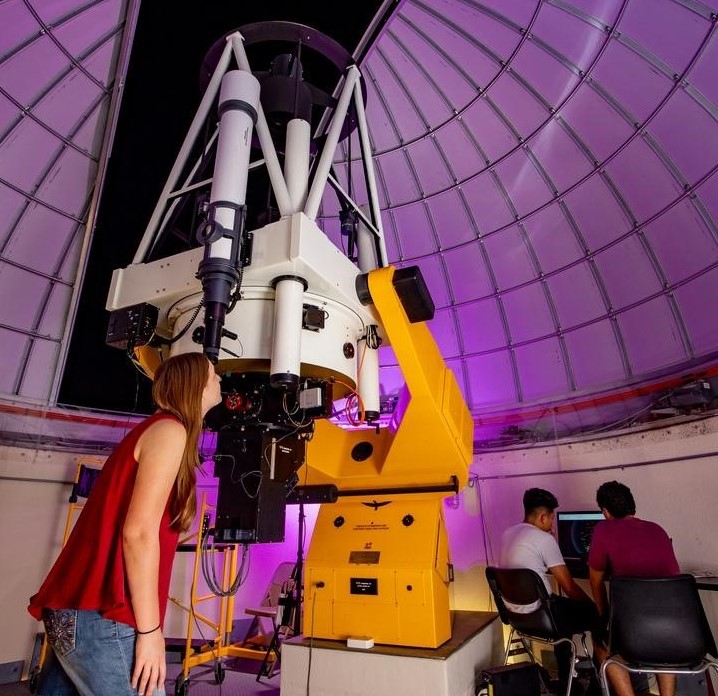Document Type
Article
Publication Title
Journal of Geophysical Research
Abstract
It has been argued in the technical literature, and widely reported in the popular press, that cosmic ray air showers (CRASs) can initiate lightning via a mechanism known as relativistic runaway electron avalanche (RREA), where large numbers of high-energy and low-energy electrons can, somehow, cause the local atmosphere in a thundercloud to transition to a conducting state. In response to this claim, other researchers have published simulations showing that the electron density produced by RREA is far too small to be able to affect the conductivity in the cloud sufficiently to initiate lightning. In this paper, we compare 74 days of cosmic ray air shower data collected in north central Florida during 2013-2015, the recorded CRASs having primary energies on the order of 1016 eV to 1018 eV and zenith angles less than 38°, with Lightning Mapping Array (LMA) data, and we show that there is no evidence that the detected cosmic ray air showers initiated lightning. Furthermore, we show that the average probability of any of our detected cosmic ray air showers to initiate a lightning flash can be no more than 5%. If all lightning flashes were initiated by cosmic ray air showers, then about 1.6% of detected CRASs would initiate lightning; therefore, we do not have enough data to exclude the possibility that lightning flashes could be initiated by cosmic ray air showers.
DOI
10.1002/2016JD025949
Publication Date
8-10-2017
Recommended Citation
Hare, B. M. and Rassoul, Hamid K., "Do Cosmic Ray Air Showers Initiate Lightning?: A Statistical Analysis Of Cosmic Ray Air Showers And Lightning Mapping Array Data" (2017). Aerospace, Physics, and Space Science Faculty Publications. 462.
https://repository.fit.edu/apss_faculty/462


